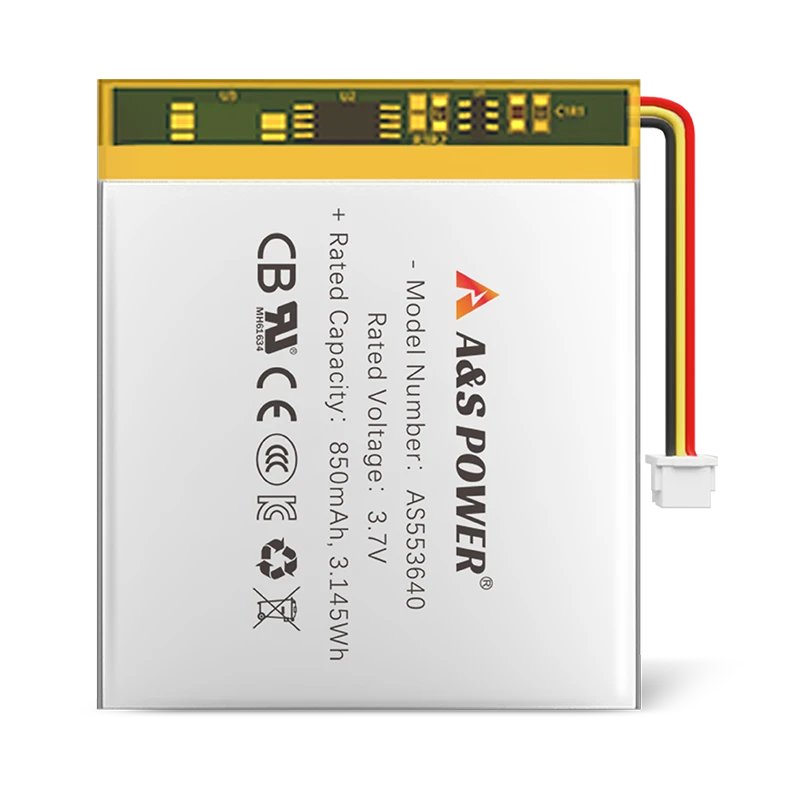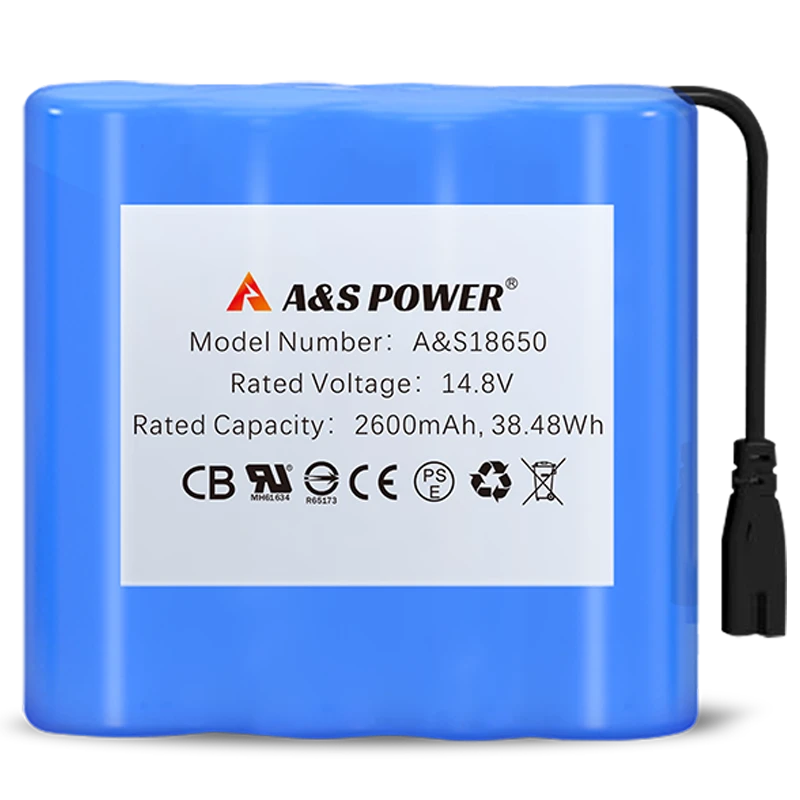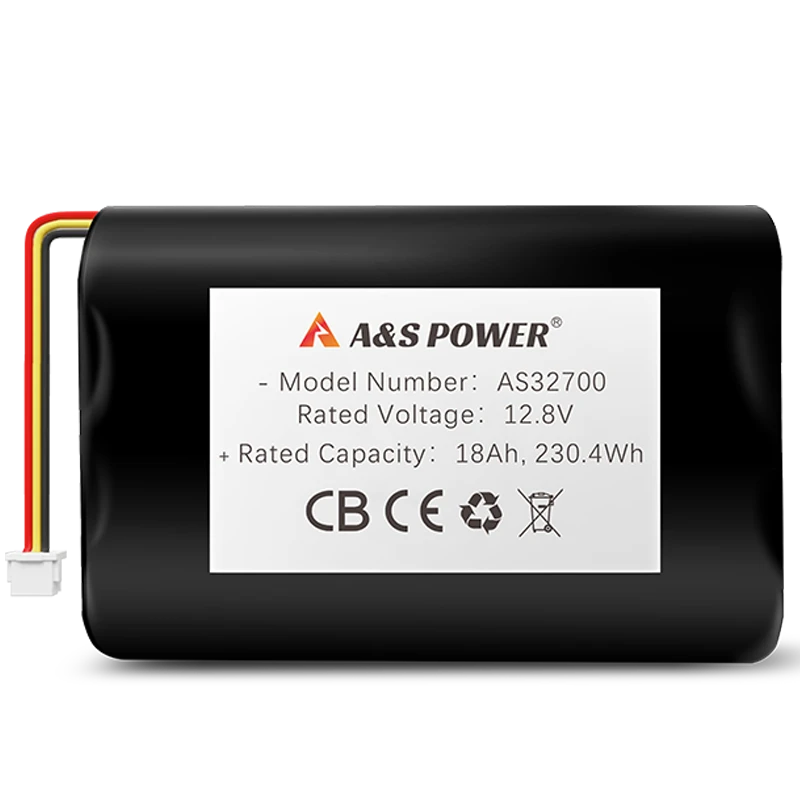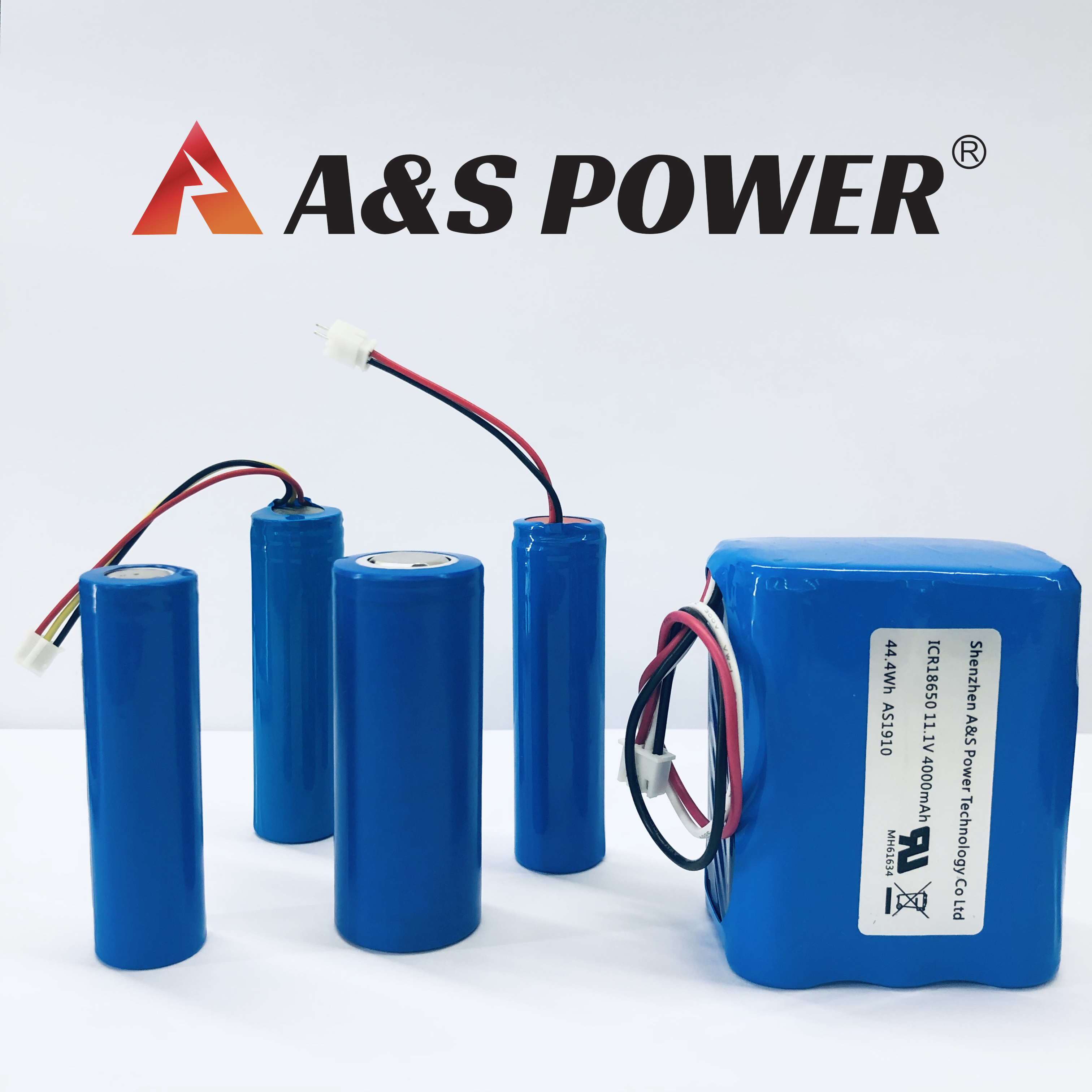Structure-and-characteristics-of-18650-cylindrical-lithium-battery
Structure and Characteristics of 18650 Cylindrical Lithium Battery
Structure and Characteristics of 18650 Cylindrical Lithium Battery18650 cylindrical lithium battery is a common lithium-ion battery, its size is 18 mm in diameter and 65 mm in length, so the name 1865.The 18650 cylindrical lithium battery stands as a cornerstone of modern energy storage, driving innovations from consumer electronics to electric vehicles. With over 15 billion units produced annually, its standardized design (18mm diameter × 65mm length) balances energy density, safety, and scalability. This comprehensive analysis decodes its structural engineering, electrochemical properties, and evolving applications—empowering global businesses to leverage this ubiquitous power source
.
Structural Engineering and Component Design
1. Multi-Layer Core Architecture
The 18650 battery employs five precision-engineered layers:
- Anode: Graphite-coated copper foil (thickness: 12–18μm) with 95% intercalation efficiency
- Cathode: Aluminum-foil substrate coated with lithium metal oxides (NMC: LiNiMnCoO₂ or LFP: LiFePO₄)
- Separator: 16μm polyethylene/ceramic composite preventing dendrite penetration
- Electrolyte: 1M LiPF₆ in EC/DEC solvent enabling 4.2V operation
- Housing: Laser-welded steel casing with pressure-relief vents (activation: 10–15 bar)
This assembly achieves 250–300 Wh/kg energy density—40% higher than prismatic cells of comparable volume
.
2. Safety and Stability Mechanisms
Integrated Protection Systems:
- CID (Current Interrupt Device): Breaks circuit at >8A/mm² current density
- PTC (Positive Temperature Coefficient): Limits current during thermal excursions (>90°C)
- Vent Caps: Release gases during pressure buildup, reducing explosion risks by 92%
NMC variants dominate high-power applications (e.g., power tools), while LFP prioritizes thermal stability (>200°C decomposition onset)
.
Electrochemical Performance Metrics
1. Charge-Discharge Dynamics
| Parameter | NMC 18650 | LFP 18650 |
|---|---|---|
| Nominal Voltage | 3.6–3.7V | 3.2–3.3V |
| Energy Density | 250–300 Wh/kg | 150–180 Wh/kg |
| Max. Continuous Current | 15–20A | 25–30A |
| Cycle Life (80% DoD) | 500–800 cycles | 2,000–3,000 cycles |
| Thermal Runaway Onset | 180–200°C | >200°C |
| Data Source: Industry benchmarking (2025) |
LFP cells tolerate 100% depth-of-discharge (DoD) with <0.1% capacity decay/cycle, while NMC achieves 95% round-trip efficiency at 1C discharge rates
2. Environmental Resilience
Temperature Tolerance:
- Charging: 0°C to 45°C (NMC), -10°C to 45°C (LFP)
- Discharging: -20°C to 60°C (retains 80% capacity at -20°C with electrolyte additives)
Humidity Resistance: IP67-grade sealing prevents electrolyte hydrolysis at 95% RH
Dominant Applications and Market Evolution
1. Consumer Electronics and E-Mobility
- Power Tools: 20A pulse currents enable cordless drills/grinders (85% market share)
- EV Battery Packs: Tesla Model 3 integrates 4,416 NMC 18650 cells (82kWh pack)
- E-Bikes: 10S4P LFP configurations deliver 40km range @ 1C discharge
2. Renewable Energy and Industrial Systems
- Solar Storage: 100-cell arrays provide 48V/10kWh capacity with 98% discharge efficiency
- Medical Devices: <3% monthly self-discharge ensures defibrillator readiness
- UPS Backup: 500-cycle lifespan reduces data center downtime costs by 37%
3. Cost Efficiency Analysis
| Application | Cells Required | Pack Cost (USD) | Lifespan Savings vs. Alternatives |
|---|---|---|---|
| E-Bike (36V/10Ah) | 40 | 120–150 | 50% vs. lead-acid |
| Home Solar (5kWh) | 140 | 420–500 | 40% vs. Li-polymer |
| Industrial UPS (10kWh) | 300 | 900–1,100 | 35% vs. NiMH |
| Source: Global procurement data (2025) |
Innovation Roadmap and Compliance
1. Next-Generation Technologies
- Silicon-Anode Cells: Boost capacity to 3,500mAh (2026 rollout, +40% vs. graphite)
- Solid-State Prototypes: Ceramic separators eliminate thermal runaway (pilot production 2027)
- Smart BMS Integration: Bluetooth SOC monitoring (±1% accuracy) for predictive maintenance
2. Global Certification and Sustainability
- Safety: UL 1642, IEC 62133, UN38.3 transportation compliance
- Recyclability: 95% metal recovery via hydrometallurgical processes
- Carbon Neutrality: LFP variants reduce CO₂ footprint by 30% versus NMC
Strategic Procurement and Implementation
1. OEM/ODM Customization Guide
| Order Volume | Unit Price (USD) | Lead Time | Customization Options |
|---|---|---|---|
| 10K–50K units | 1.80–2.20 | 30 days | Branded BMS, terminal types |
| 50K–200K units | 1.50–1.80 | 20 days | Cell chemistry (NMC/LFP) |
| 200K+ units | 1.20–1.50 | 15 days | Dimension tweaks (±3mm) |
2. Operational Best Practices
- Charging: CC/CV profile (4.2V±0.05V for NMC; 3.6V±0.05V for LFP)
- Storage: 40–60% SOC at 15°C; avoid >6 months without cycling
- Discharge: Limit to 0.5C for lifespan extension; <80°C surface temperature
Conclusion
The 18650 cylindrical lithium battery remains indispensable across global industries—delivering 250+ Wh/kg energy density, scalable modularity, and relentless innovation. Businesses adopting next-gen silicon-anode and solid-state variants will lead markets from EV manufacturing to grid-scale renewables.
-

 May.2025.12.22What is a Nickel Cadmium Battery and How Does It WorkLearn More
May.2025.12.22What is a Nickel Cadmium Battery and How Does It WorkLearn More -

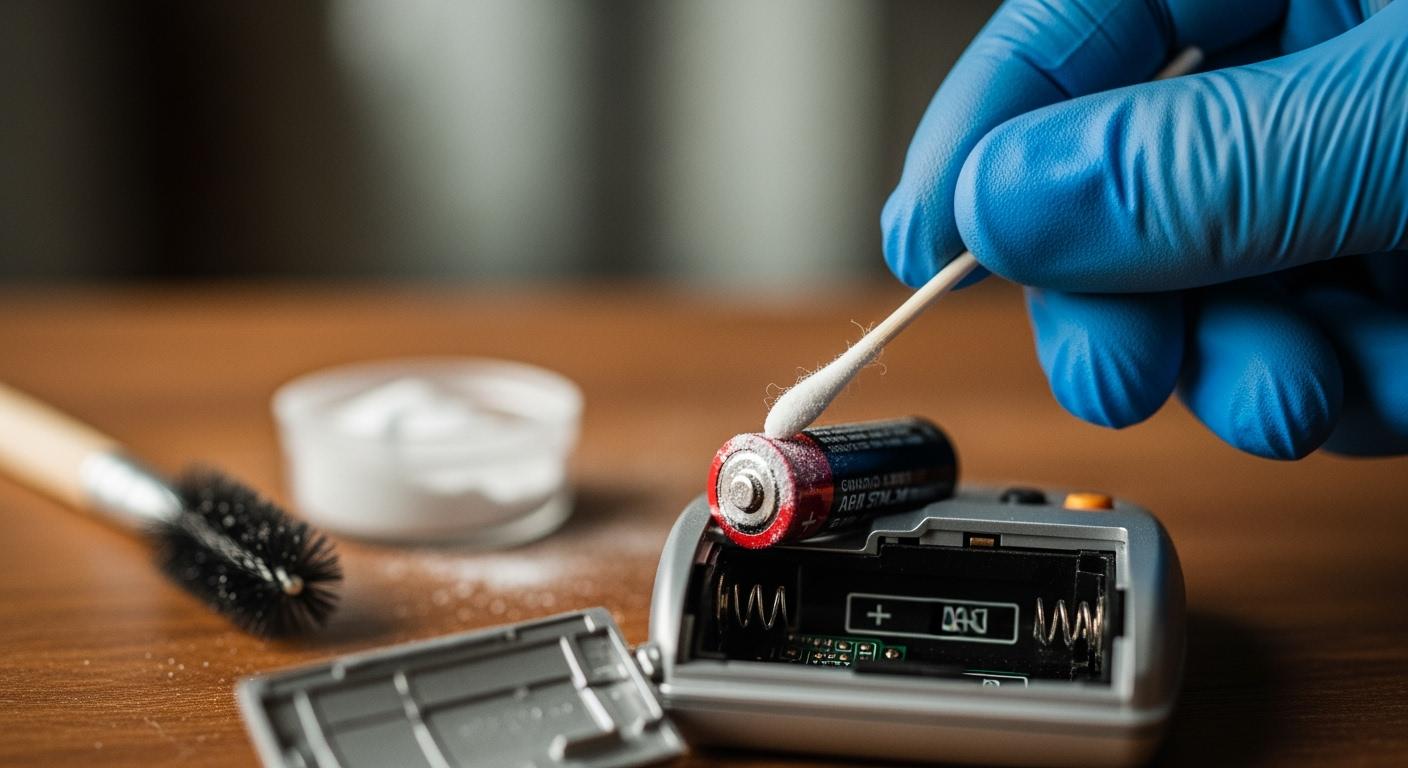 May.2025.12.22How to clean battery corrosion?Learn More
May.2025.12.22How to clean battery corrosion?Learn More -

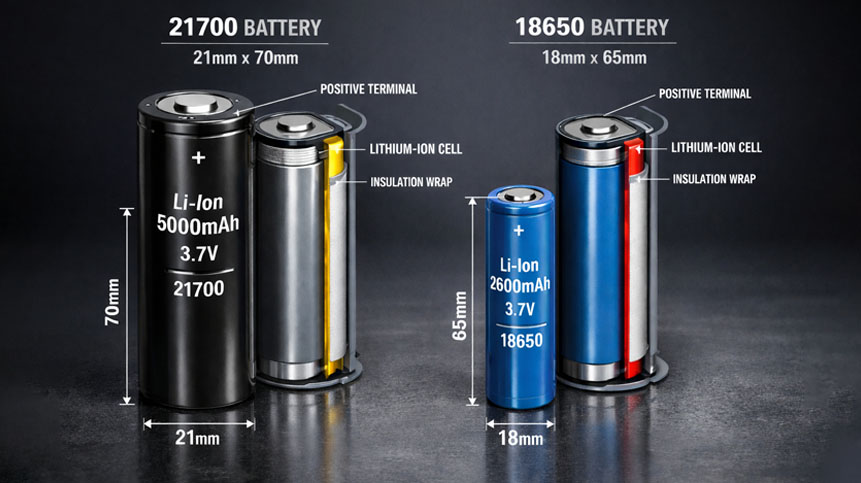 May.2025.12.2021700 Battery: Meaning, Comparison with 18650, and How to Choose the Best QualityLearn More
May.2025.12.2021700 Battery: Meaning, Comparison with 18650, and How to Choose the Best QualityLearn More -

 May.2025.12.19Medical Device 18650 Rechargeable Battery: What Buyers Must Evaluate?Learn More
May.2025.12.19Medical Device 18650 Rechargeable Battery: What Buyers Must Evaluate?Learn More -

 May.2025.12.19Common voltage types of lithium polymer batteries for different applicationsLearn More
May.2025.12.19Common voltage types of lithium polymer batteries for different applicationsLearn More




